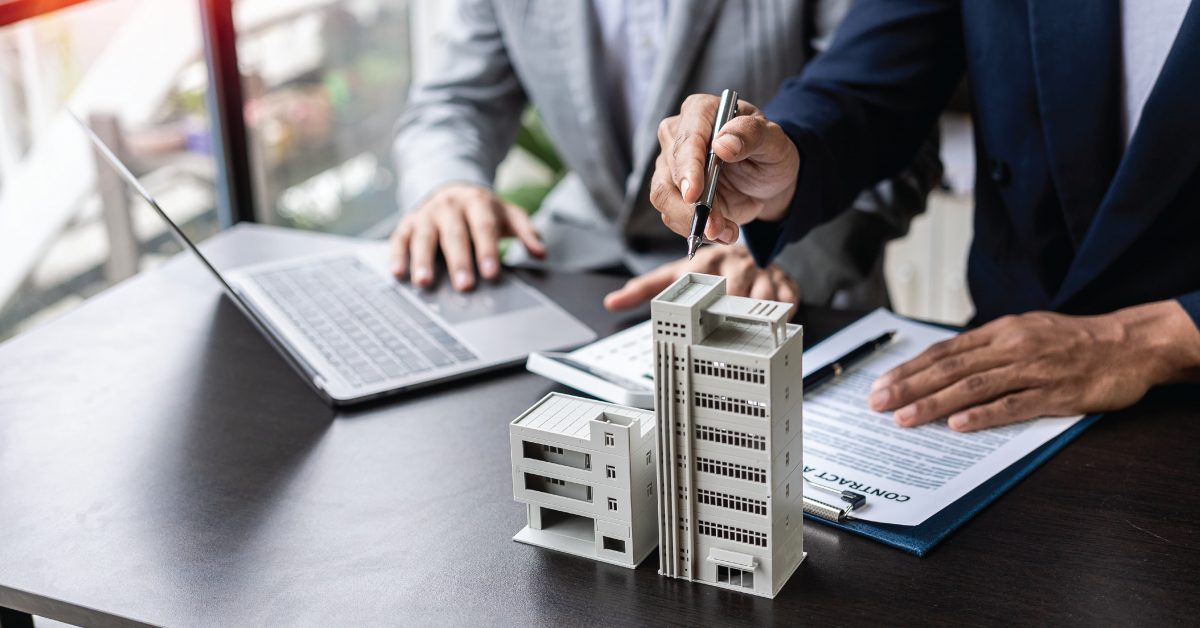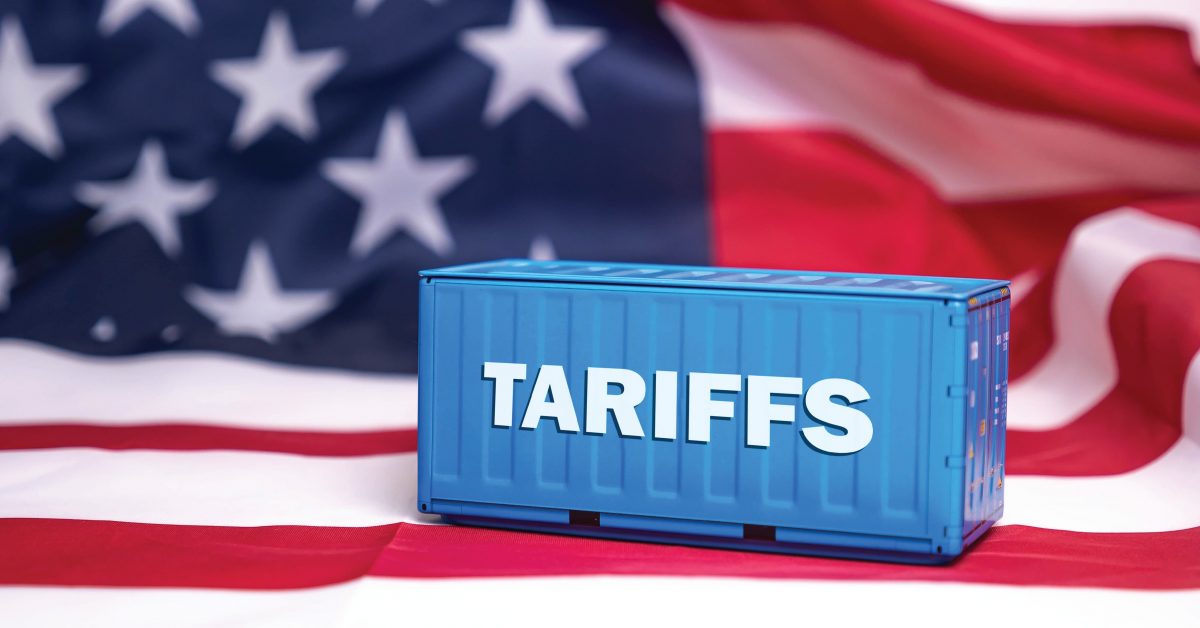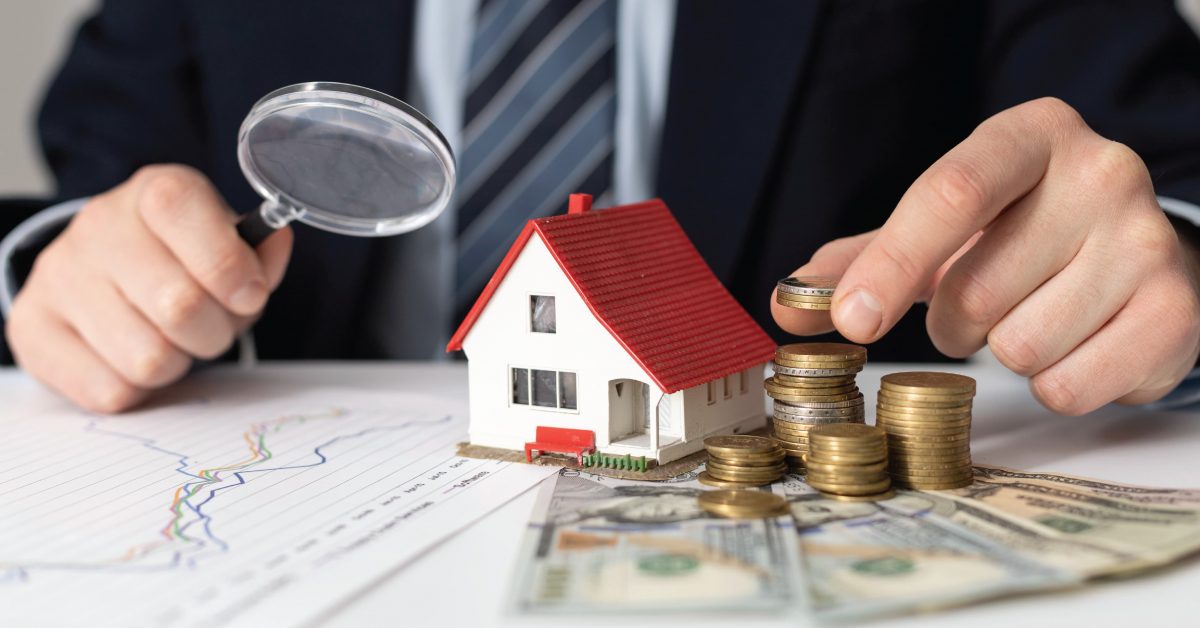U.S. commercial real estate has long been seen as a stable and attractive asset class. In recent years, it has become increasingly popular among international investors looking to diversify their portfolios, generate predictable income, and build long-term equity.
What many investors don’t realize is just how accessible U.S. commercial property is—even if you don’t live in the United States, hold U.S. credit, or have a U.S. entity.
Foreign nationals and U.S. expats can now finance commercial real estate across the United States with loan programs specifically designed for overseas borrowers. These loans focus on the strength of the deal itself, not the borrower’s U.S. profile.
Commercial Real Estate Lending That Prioritizes the Asset, Not the Borrower
Financing U.S. commercial real estate as a foreign investor can be more straightforward than many assume. There are loan programs specifically structured for non-resident borrowers that consider a comprehensive view of both the property and the borrower.
Rather than relying solely on U.S. credit scores or domestic income, these programs assess a combination of factors, including the property’s income potential, the borrower’s global financial profile, and the overall structure of the deal.
This approach creates opportunities for international investors who may not have U.S. residency or credit but possess strong financials, a solid asset base, and a clear investment strategy.
Investing from Abroad Without U.S. Credit or Income
Foreign nationals can secure U.S. commercial property financing without needing U.S. income documentation or credit scores. These loans can be structured to accommodate overseas tax returns and non-resident income.
Interest rates for foreign borrowers are competitive, and they remain attractive for investors seeking dollar-denominated cash flow and capital appreciation.
Down payments typically range from 30 to 35 percent, although in some cases—particularly for strong multifamily properties with high occupancy—this may drop to 20%.
Why Commercial Real Estate Appeals to Global Investors
For many overseas investors, commercial real estate presents fewer management hassles and more scalable opportunities. Unlike residential properties, commercial tenants are businesses, not individuals. Lease terms are longer, turnover is lower, and responsibilities such as repairs and property taxes are often built into the lease structure.
Many international investors favor property types like:
- Multifamily apartment buildings
- Retail shopping centers
- Self-storage facilities
- Medical offices
- RV and boat storage
- Warehouses and light industrial parks
These assets provide consistent income streams and can be managed remotely with the help of local property management companies.
Our Recent Webinar with Lance Langenhoven
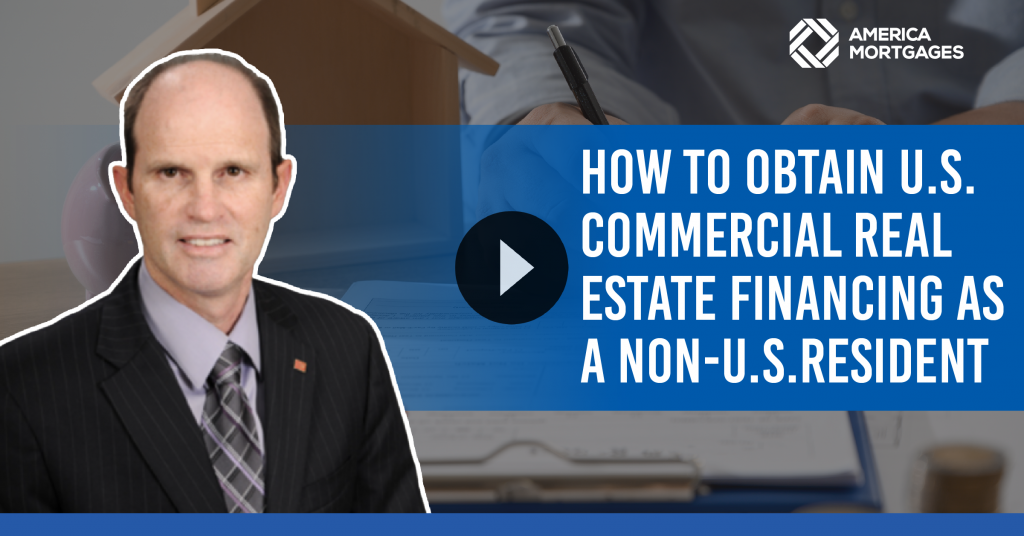
If you missed it, watch it here.
Accessing U.S. Commercial Loans Without Stepping Foot in the Country
One of the biggest shifts in recent years is how seamless it has become to invest and finance from overseas. From sourcing the deal to structuring the loan and completing the closing, every step of the process can be done remotely.
Documentation requirements are tailored for international borrowers. While U.S. citizens may use W-2s and domestic tax filings, foreign nationals can qualify using overseas financial statements, international bank references, and global asset portfolios.
It’s no longer necessary to establish a U.S. entity, fly in for a closing, or navigate the process through trial and error. There are lending partners who specialize exclusively in foreign national and expat financing, removing the guesswork and opening the door to serious investment opportunities.
The Bottom Line
U.S. commercial real estate offers foreign investors a combination of stability, scalability, and strong income potential. With tailored loan programs now available for non-resident borrowers, it’s easier than ever to secure funding for a commercial property in the United States.
Whether you’re looking to acquire your first CRE asset or expand an existing portfolio, the right financing partner can guide you through the process with a strategy that fits your investment goals.
U.S. real estate is no longer out of reach—it’s wide open.
Frequently Asked Questions
Should I get pre-approved before finding a property?
In commercial real estate, lenders need to evaluate the property itself. It’s best to identify the asset first, then structure the financing based on that deal.
Can I use a CPA letter instead of tax returns?
Some lenders may accept a CPA letter as supplemental documentation, but most will require at least three years of tax returns to assess income and financial consistency.
How long does the loan process take?
Pre-approval typically takes one to two weeks once documents and a property contract are submitted. Closing generally takes 30 to 45 days, depending on the complexity of the deal.
What’s the required down payment?
Most lenders require 30 to 35 percent down. In some cases, such as strong-performing multifamily assets, this may be reduced to 20%.
Is there a limit to how many U.S. commercial properties I can finance?
There is no set limit. You can finance as many properties as you qualify for based on your financial profile and the property’s performance.
Do I need U.S. credit to qualify?
No. U.S. credit is not required. Loans can be structured around your international financial history and documentation.
Where can I find commercial properties to invest in?
Platforms like CREXI and LoopNet are excellent starting points. A local commercial broker can also help you identify high-potential opportunities in your target market.
Read the full Q&A here.
Ready to Start Your Commercial Investment Journey?
Whether you’re acquiring your first U.S. commercial asset or expanding a global portfolio, we can help you find the right financing strategy tailored to your goals.
Contact us today:
Lance Langenhoven
Head of Commercial Lending
📧 [email protected]
America Mortgages
📍 Call us 24/7: +1 (845) 583-0830
📧 General Inquiries: [email protected]
🌐 Visit: www.americamortgages.com
La estrategia secreta que los inversionistas extranjeros están utilizando para comprar propiedades comerciales en EE. UU. sin crédito estadounidense
Los bienes raíces comerciales en Estados Unidos han sido considerados durante mucho tiempo una clase de activo estable y atractiva. En los últimos años, se han vuelto cada vez más populares entre inversionistas internacionales que buscan diversificar sus carteras, generar ingresos predecibles y construir patrimonio a largo plazo.
Lo que muchos inversionistas no se dan cuenta es cuán accesibles son las propiedades comerciales en EE. UU., incluso si no vives en Estados Unidos, no tienes crédito estadounidense o no posees una entidad en el país.
Los ciudadanos extranjeros y los expatriados estadounidenses ahora pueden financiar bienes raíces comerciales en todo Estados Unidos con programas de préstamos diseñados específicamente para prestatarios en el extranjero. Estos préstamos se enfocan en la solidez del negocio en sí, no en el perfil crediticio del prestatario en EE. UU.
Préstamos para bienes raíces comerciales que priorizan el activo, no al prestatario
Financiar bienes raíces comerciales en EE. UU. como inversionista extranjero puede ser más sencillo de lo que muchos suponen. Existen programas de préstamos estructurados específicamente para prestatarios no residentes que consideran una visión integral tanto de la propiedad como del prestatario.
En lugar de depender únicamente de puntajes de crédito estadounidenses o ingresos domésticos, estos programas evalúan una combinación de factores, incluyendo el potencial de ingresos de la propiedad, el perfil financiero global del prestatario y la estructura general del negocio.
Este enfoque crea oportunidades para inversionistas internacionales que pueden no tener residencia o crédito en EE. UU., pero poseen finanzas sólidas, una base de activos sólida y una estrategia de inversión clara.
Invertir desde el extranjero sin crédito o ingresos en EE. UU.
Los ciudadanos extranjeros pueden obtener financiamiento para propiedades comerciales en EE. UU. sin necesidad de documentación de ingresos o puntajes de crédito estadounidenses. Estos préstamos pueden estructurarse para adaptarse a declaraciones de impuestos en el extranjero e ingresos de no residentes.
Las tasas de interés para prestatarios extranjeros son competitivas y siguen siendo atractivas para inversionistas que buscan flujos de efectivo en dólares y apreciación de capital.
Los pagos iniciales suelen oscilar entre el 30 y el 35 por ciento, aunque en algunos casos, particularmente para propiedades multifamiliares sólidas con alta ocupación, esto puede reducirse al 20 %.
Por qué los bienes raíces comerciales atraen a inversionistas globales
Para muchos inversionistas en el extranjero, los bienes raíces comerciales presentan menos complicaciones de gestión y más oportunidades escalables. A diferencia de las propiedades residenciales, los inquilinos comerciales son negocios, no individuos. Los términos de arrendamiento son más largos, la rotación es menor y responsabilidades como reparaciones e impuestos a la propiedad a menudo están incorporadas en la estructura del arrendamiento.
Muchos inversionistas internacionales prefieren tipos de propiedades como:
- Edificios de apartamentos multifamiliares
- Centros comerciales minoristas
- Instalaciones de autoalmacenamiento
- Consultorios médicos
- Almacenamiento para vehículos recreativos y embarcaciones
- Almacenes y parques industriales ligeros
Estos activos proporcionan flujos de ingresos consistentes y pueden ser gestionados de forma remota con la ayuda de empresas locales de gestión de propiedades.
Nuestro reciente seminario web con Lance Langenhoven
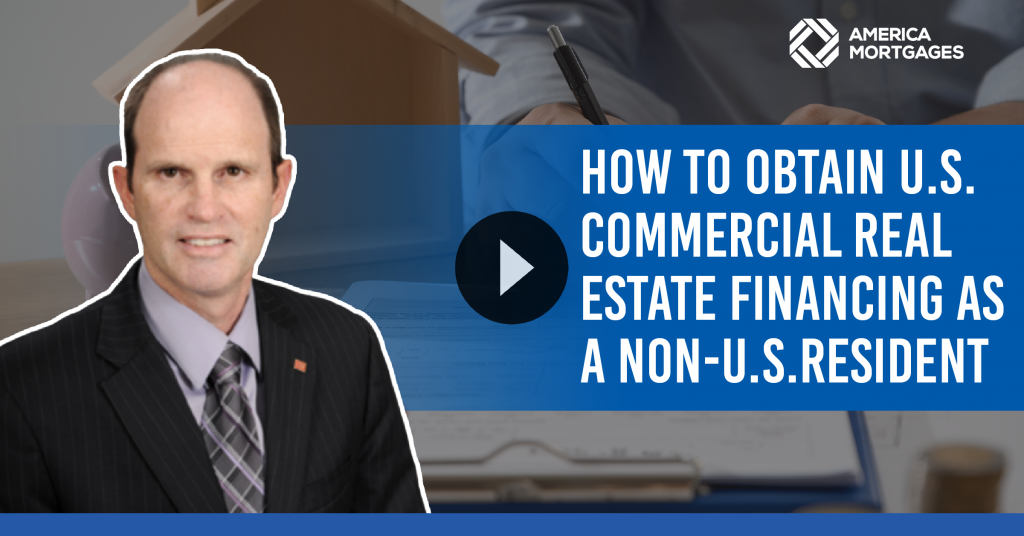
¿Te lo perdiste? Míralo aquí.
Acceder a préstamos comerciales en EE. UU. sin pisar el país
Uno de los mayores cambios en los últimos años es lo sencillo que se ha vuelto invertir y financiar desde el extranjero. Desde la búsqueda del negocio hasta la estructuración del préstamo y la finalización del cierre, cada paso del proceso puede realizarse de forma remota.
Los requisitos de documentación están adaptados para prestatarios internacionales. Mientras que los ciudadanos estadounidenses pueden usar formularios W-2 y declaraciones de impuestos nacionales, los ciudadanos extranjeros pueden calificar utilizando estados financieros en el extranjero, referencias bancarias internacionales y carteras de activos globales.
Ya no es necesario establecer una entidad en EE. UU., viajar para un cierre o navegar el proceso por ensayo y error. Hay socios prestamistas que se especializan exclusivamente en financiamiento para ciudadanos extranjeros y expatriados, eliminando las conjeturas y abriendo la puerta a oportunidades de inversión serias.
Conclusión
Los bienes raíces comerciales en EE. UU. ofrecen a los inversionistas extranjeros una combinación de estabilidad, escalabilidad y fuerte potencial de ingresos. Con programas de préstamos adaptados ahora disponibles para prestatarios no residentes, es más fácil que nunca asegurar financiamiento para una propiedad comercial en Estados Unidos.
Ya sea que estés buscando adquirir tu primer activo de bienes raíces comerciales o expandir una cartera existente, el socio financiero adecuado puede guiarte a través del proceso con una estrategia que se ajuste a tus objetivos de inversión.
Los bienes raíces en EE. UU. ya no están fuera de alcance; están ampliamente disponibles.
¿Listo para comenzar tu inversión en bienes raíces comerciales en EE. UU.?
Ya sea que estés adquiriendo tu primer activo comercial en Estados Unidos o ampliando tu portafolio global, podemos ayudarte a encontrar la estrategia de financiamiento adecuada para alcanzar tus objetivos.
Contáctanos:
Lance Langenhoven
Director de Préstamos Comerciales
📧 [email protected]
America Mortgages
📍 Llámanos 24/7: +1 (845) 583-0830
📧 Correo general: [email protected]
🌐 Sitio web: www.americamortgages.com
外国投资者无需美国信用即可购买美国商业房地产的秘密策略
长期以来,美国的商业房地产一直被视为一种稳定且具有吸引力的资产类别。近年来,随着越来越多的国际投资者希望实现投资组合多元化、创造可预期收入并建立长期资产,美国商业房地产日益受到青睐。
许多投资者并不了解的是,美国商业物业其实非常容易获取——即使你不居住在美国、没有美国信用记录,甚至没有美国注册公司。
外国公民和美国侨民现在可以通过专为海外借款人设计的商业贷款计划,在美国各地融资购买商业房地产。这些贷款侧重于交易本身的实力,而不是借款人在美国的信用状况。
以资产为核心的商业房地产贷款
对于外国投资者来说,融资美国商业房地产的过程可能比预期更简单。这些贷款计划专为非美国居民设计,不仅考虑物业本身,也综合评估投资者的整体财务状况。
与传统贷款高度依赖美国信用评分和本地收入不同,这些贷款项目评估的是多方面因素,包括房产的收益潜力、借款人的全球财务状况及整体交易结构。
这种方式为没有美国居留身份或信用记录、但拥有雄厚财务基础、优质资产组合和清晰投资策略的国际投资者提供了进入美国市场的机会。
无需美国信用或收入也可投资
外国投资者在无需美国本地收入文件或信用评分的情况下,也能获得美国商业地产融资。这些贷款可以根据海外纳税申报表和非居民收入灵活设计。
尽管利率可能略高于本地借款人,但对于寻求美元计价现金流和资产升值的投资者来说,仍具有高度吸引力。
通常首付比例在30%到35%之间,但在某些情况下,例如高入住率的优质多户型住宅项目,首付最低可降至20%。
为什么全球投资者青睐商业地产
对于许多海外投资者来说,相较于住宅地产,商业房地产具有更少的管理负担和更大的可扩展性。商业租户是企业而非个人,租约期限更长,租户流动性更低,而且维护与地税等责任通常已纳入租约结构中。
国际投资者偏好的商业物业类型包括:
- 多户型住宅公寓
- 零售购物中心
- 自助仓储设施
- 医疗办公楼
- 房车与船只停车仓库
- 仓储与轻工业园区
这些资产通常能提供稳定的现金流,并且可以通过当地物业管理公司远程管理。
我们最近与 Lance Langenhoven 的网络研讨会
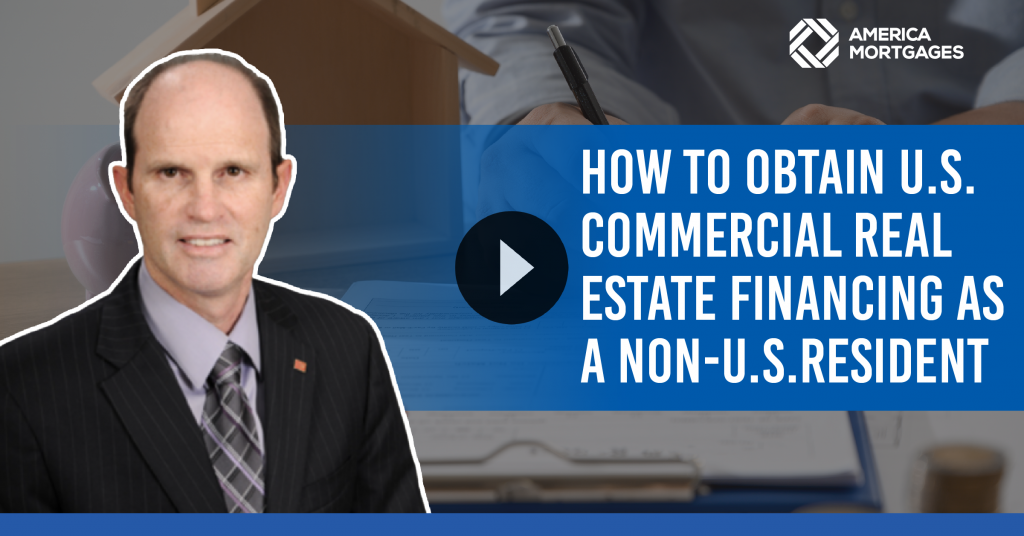
错过了?点击这里观看
足不出户也能申请美国商业贷款
近年来最大的变化之一,是从海外投资和融资美国商业地产变得前所未有的顺畅。从寻找物业、结构贷款方案到完成交易,每一步都可以远程完成。
贷款所需的文件也已针对国际借款人进行调整。美国本地借款人通常需提供W-2表格或美国税单,而国际投资者则可使用海外资产报表、国际银行推荐信和全球资产组合来申请。
不再需要成立美国公司、不需要亲赴美国签约,也不必通过试错摸索流程。有专门为外国人和侨民提供服务的贷款机构,能够帮助投资者顺利完成融资并把握投资机会。
总结
美国商业房地产为全球投资者提供了稳定性、可扩展性和强劲的收益潜力。如今,专为非居民设计的贷款项目已经让融资过程更加便捷。
无论你是首次购入美国商业物业,还是希望扩大现有资产组合,选择合适的贷款合作伙伴都能为你提供符合投资目标的融资策略。
美国房地产不再遥不可及,它正向你敞开大门。
准备好开启您的美国商业房地产投资之旅了吗?
无论您是首次购入美国商业地产,还是正在扩展全球投资组合,我们都可以为您量身定制最合适的融资方案,助您实现投资目标。
欢迎联系:
Lance Langenhoven
商业贷款主管
📧 [email protected]
America Mortgages(美国按揭)
📍 全天候电话咨询: +1 (845) 583-0830
📧 一般咨询邮箱: [email protected]
🌐 官网: www.americamortgages.com
